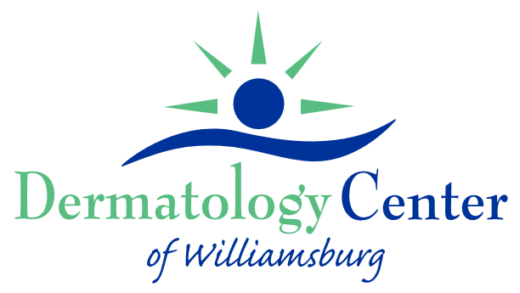Liquid nitrogen is a cold, liquid gas with a temperature of 196 degrees below zero Celsius (-321 Fahrenheit). It is used to freeze and destroy superficial skin growths such as warts and keratoses. Liquid nitrogen causes stinging and pain while the growth is being frozen and then thaws. The discomfort can last minutes to hours depending on the thickness of the lesion. If many areas are frozen, you may wish to take Tylenol, aspirin, or a medication like Advil just before or after treatment.
Some hours after liquid nitrogen treatment, your skin will become swollen and red; later on it may blister. Then a scab (crust) will form. It will fall off by itself in one to three weeks. The skin growth will come off along with the scab, leaving healthy, new skin.
If your growth requires deep freezing to remove, there may be considerable blistering and swelling, especially if your hands or eyelids were treated. The blisters and swelling are part of the treatment and will gradually heal by themselves.
No special care is needed after liquid nitrogen treatment. If blisters form, apply Bacitracin ointment to each area for about a week. You can wash your skin as usual and use makeup or other cosmetics. If clothing irritates the area, you may cover it with a small bandage (Band-Aid).
Sometimes liquid nitrogen treatment fails. If the growth is not cured by liquid nitrogen, please schedule a follow-up appointment.
External Links:
For more detailed information, please refer to the American Academy of Dermatology.
More Cryosurgery info at Wikipedia
